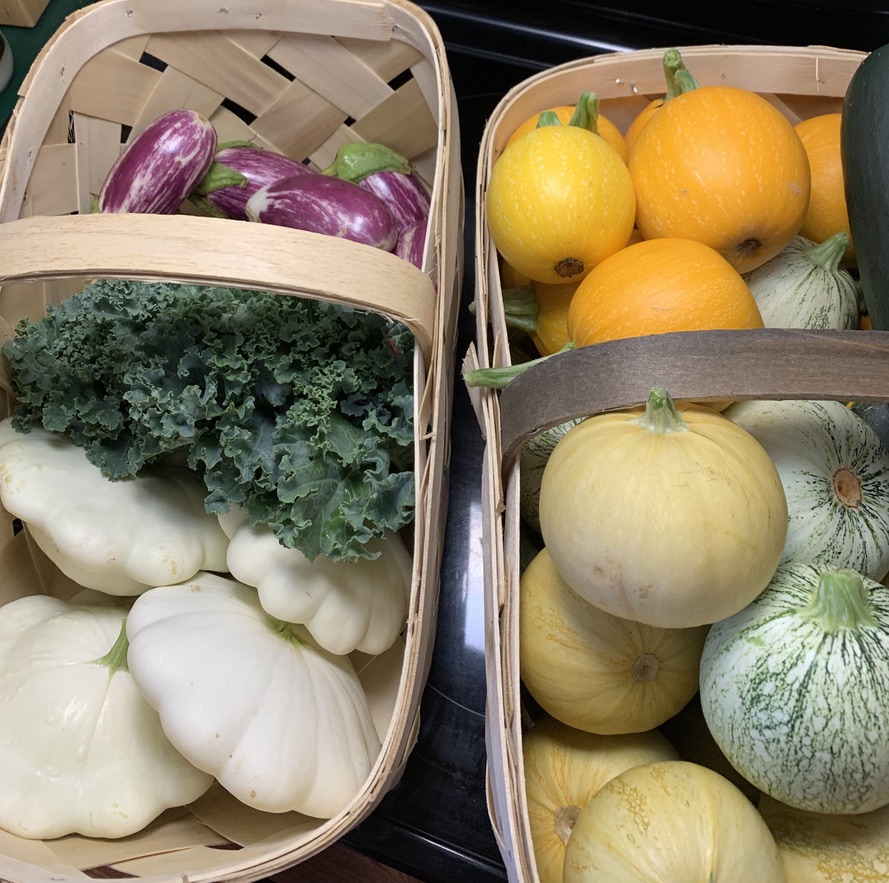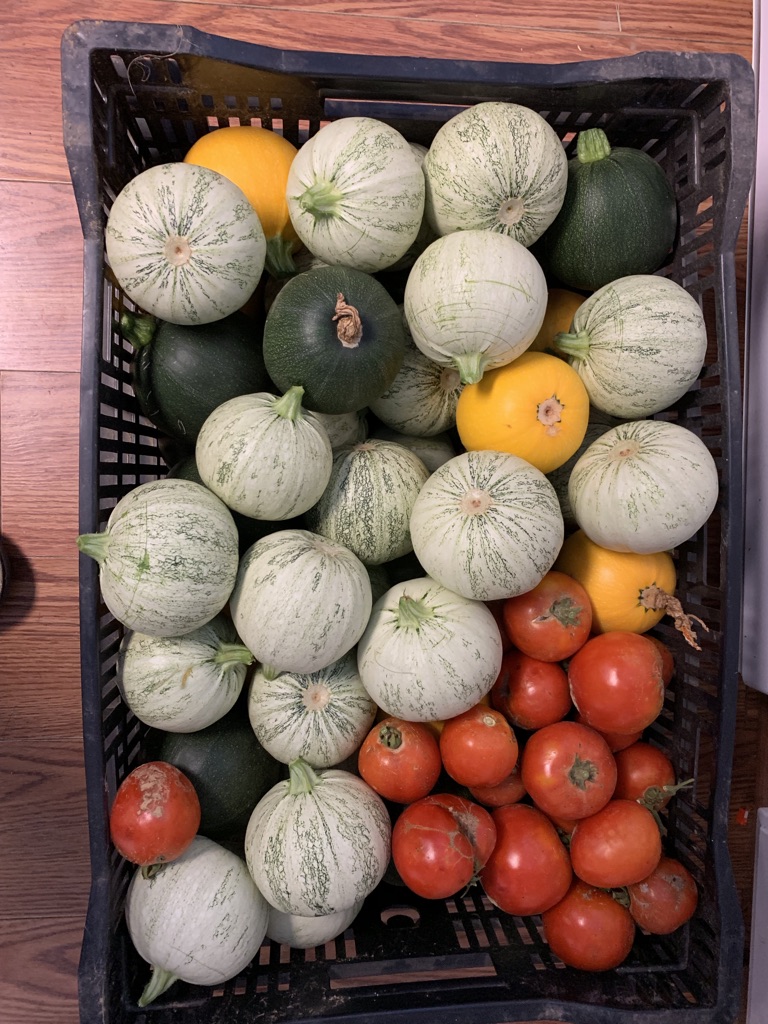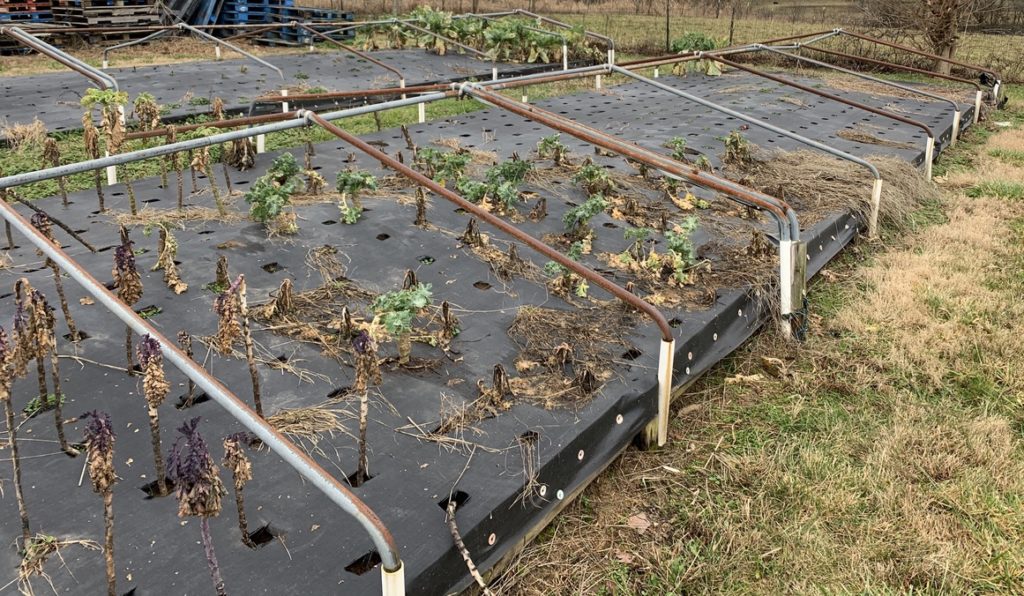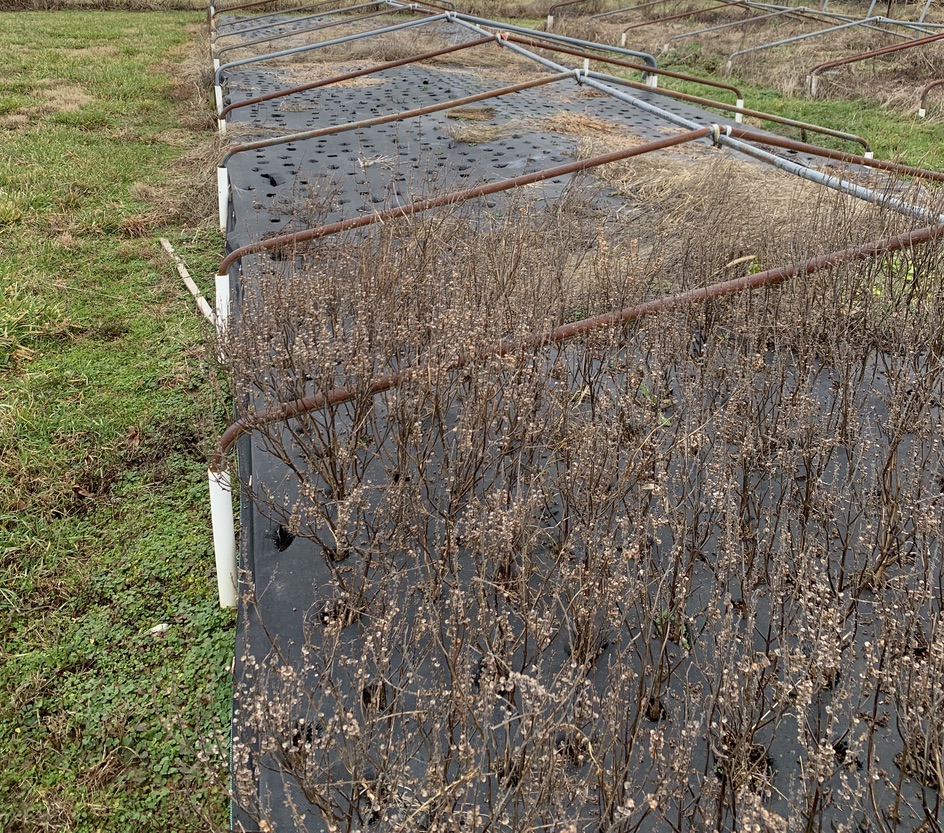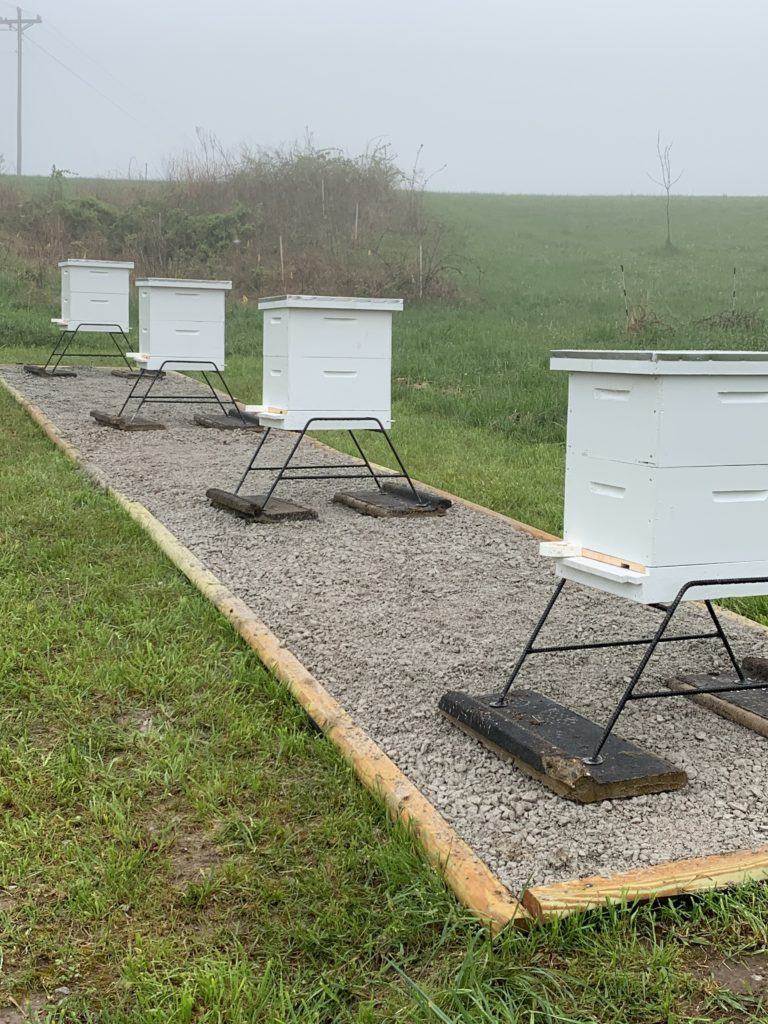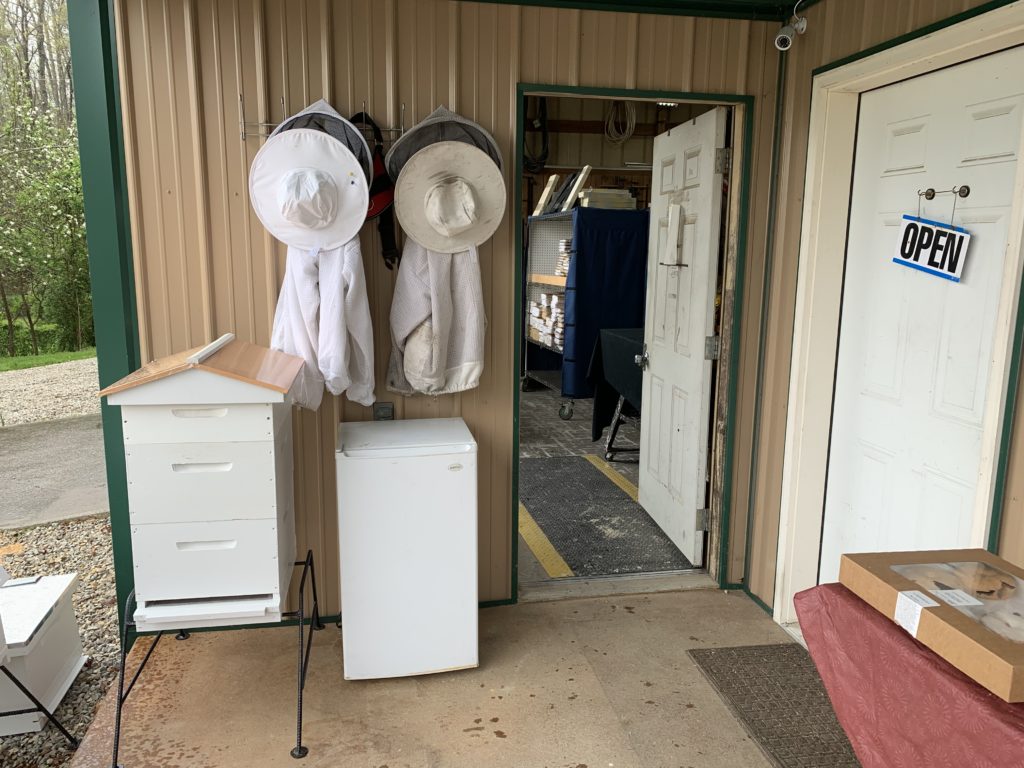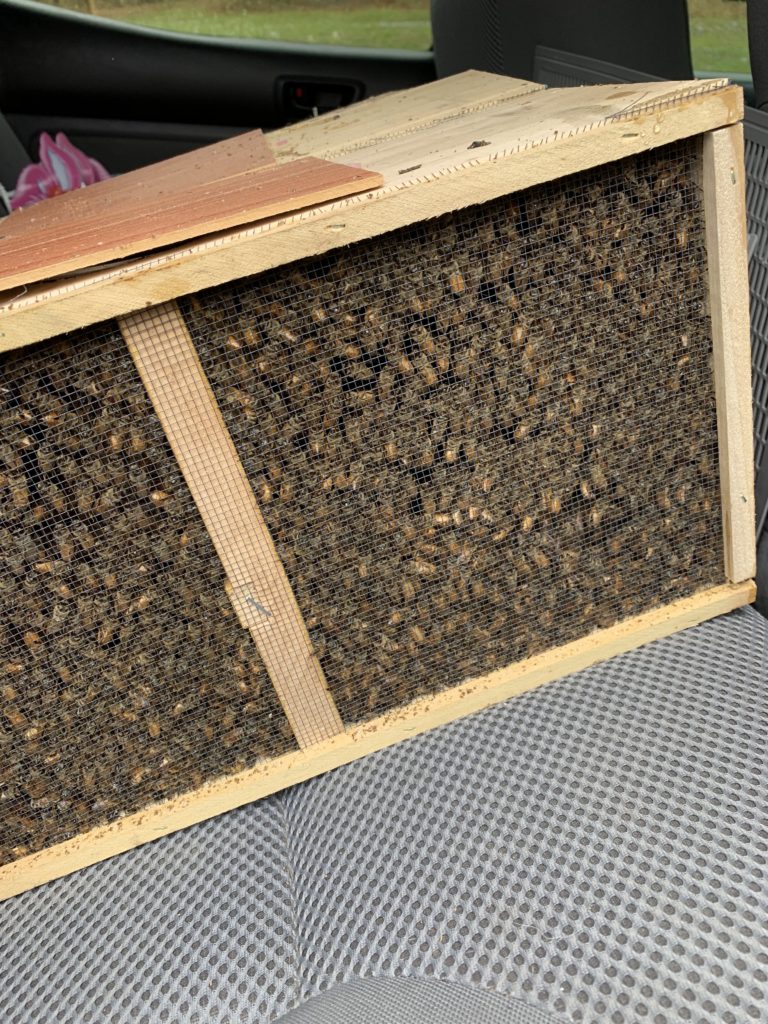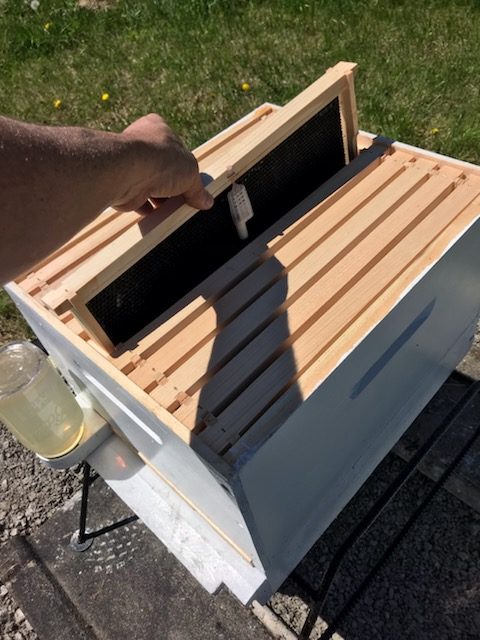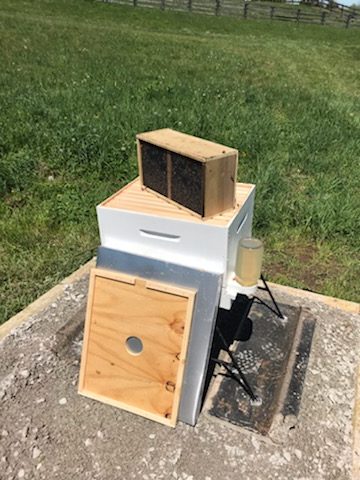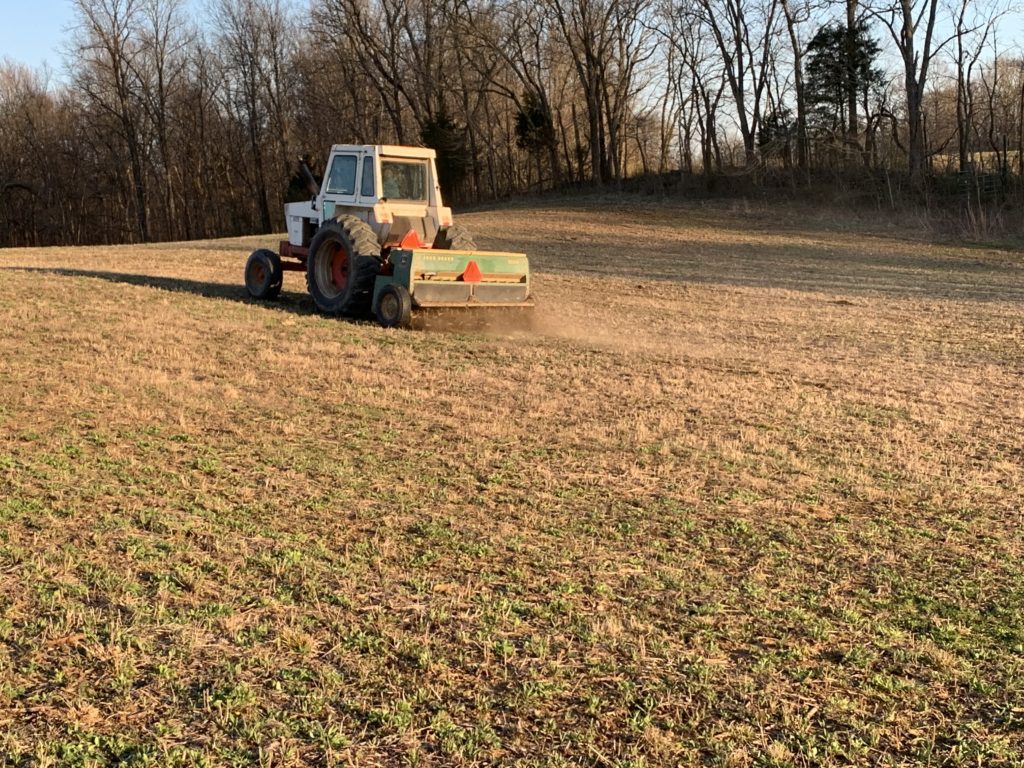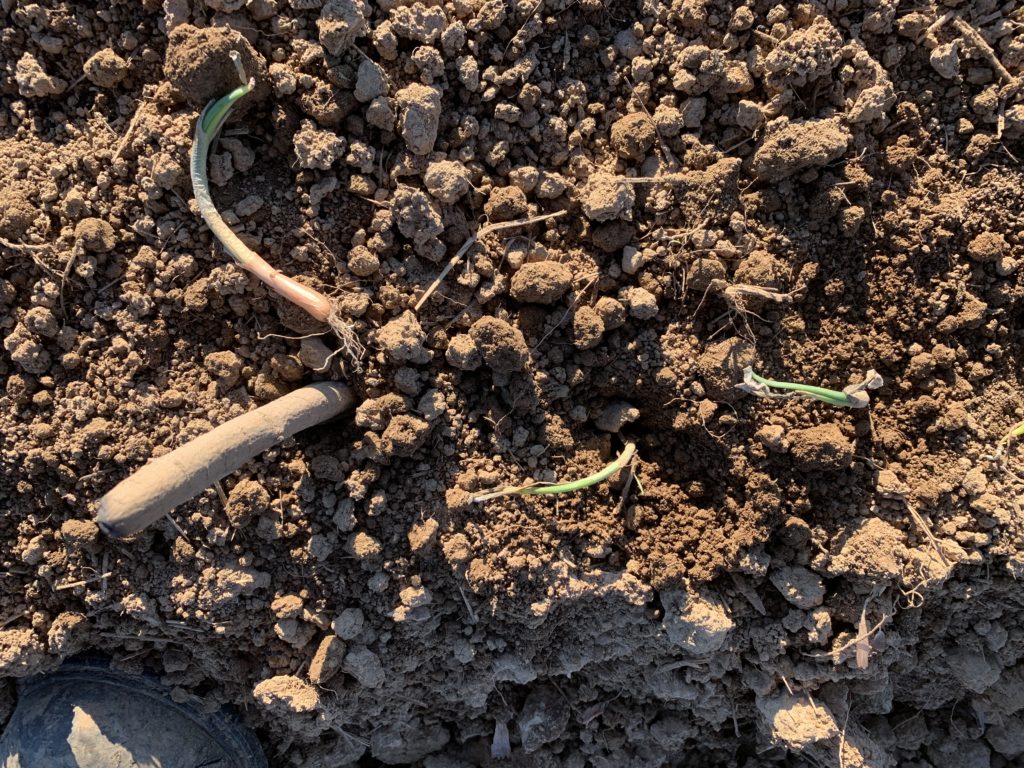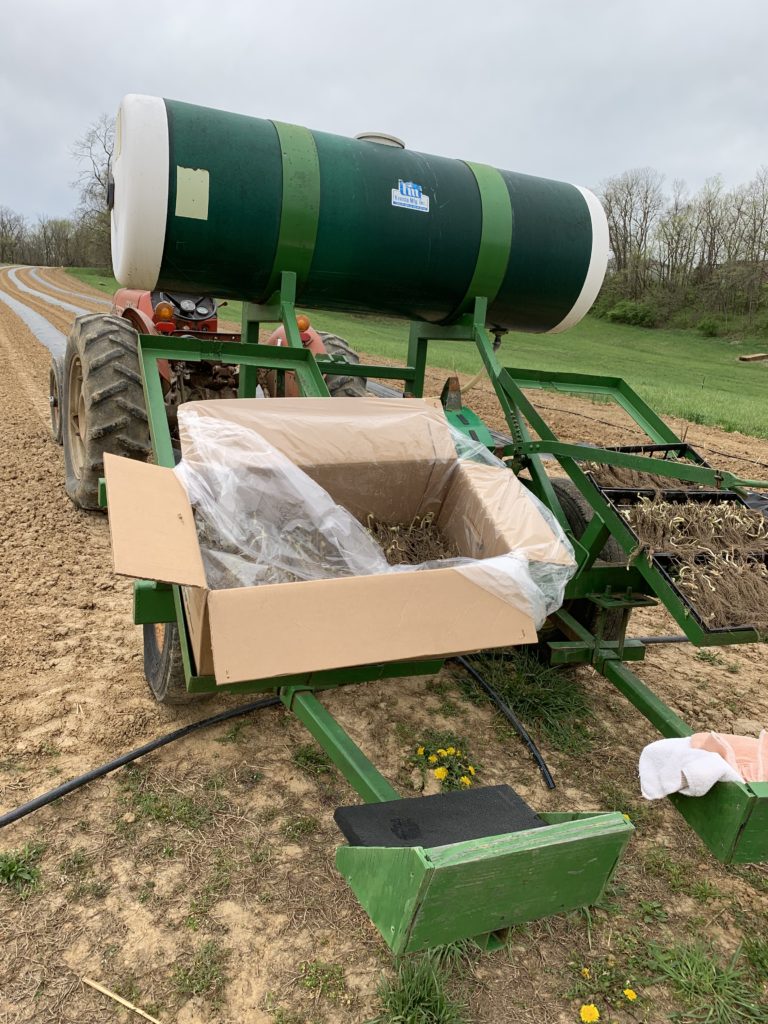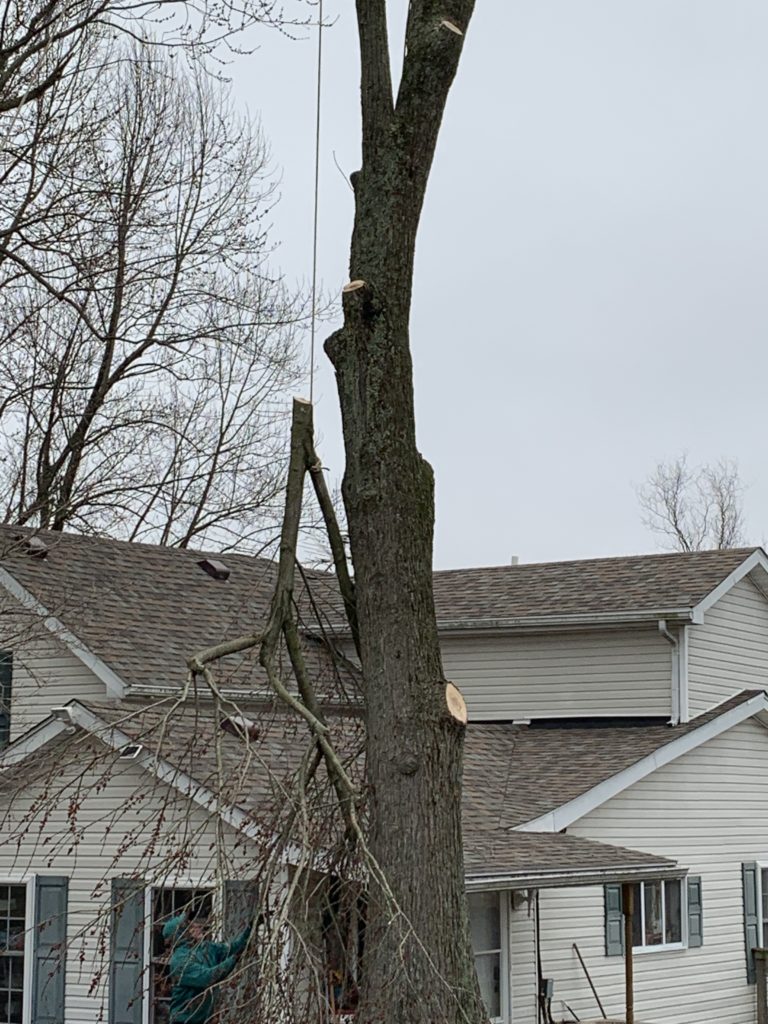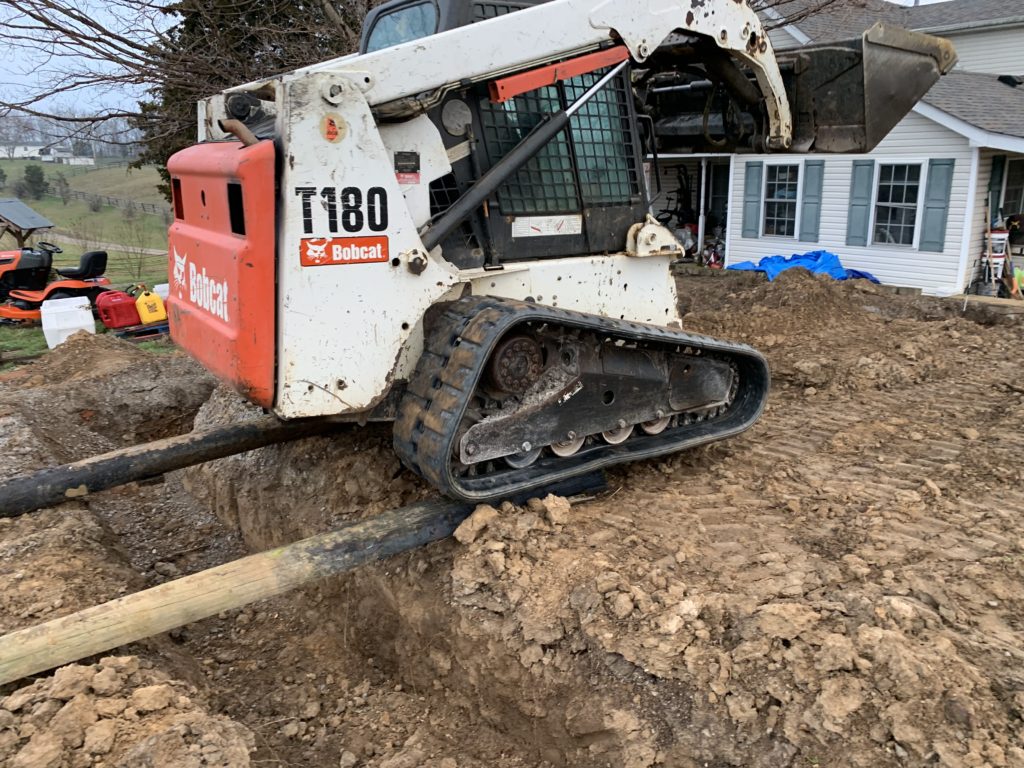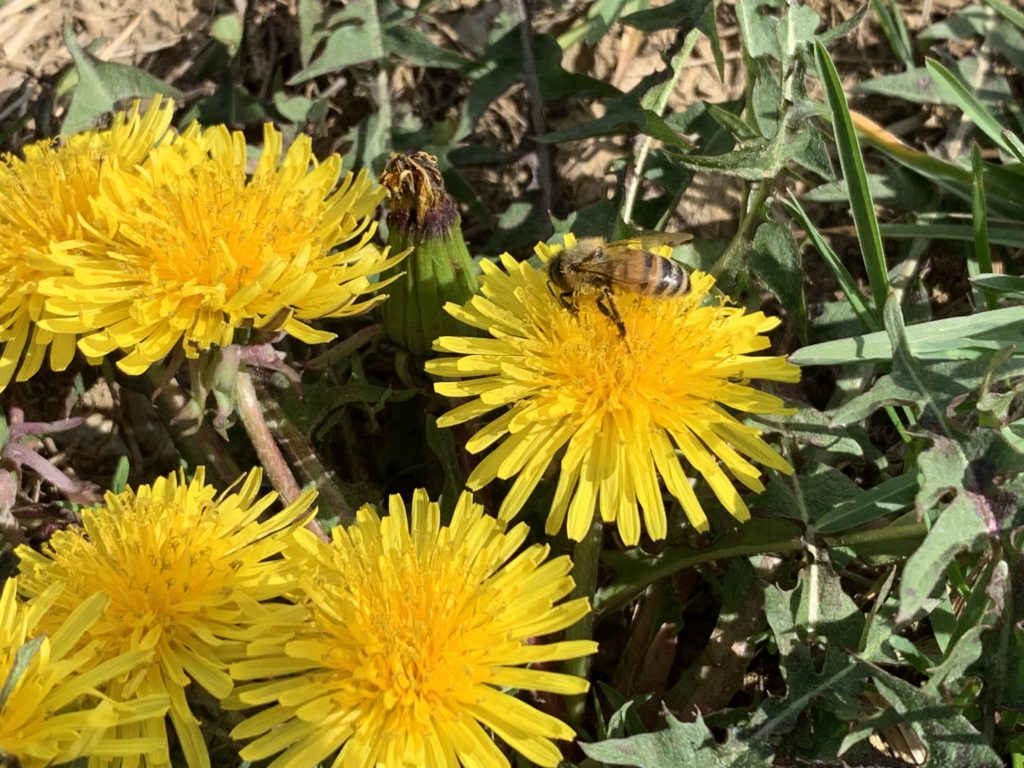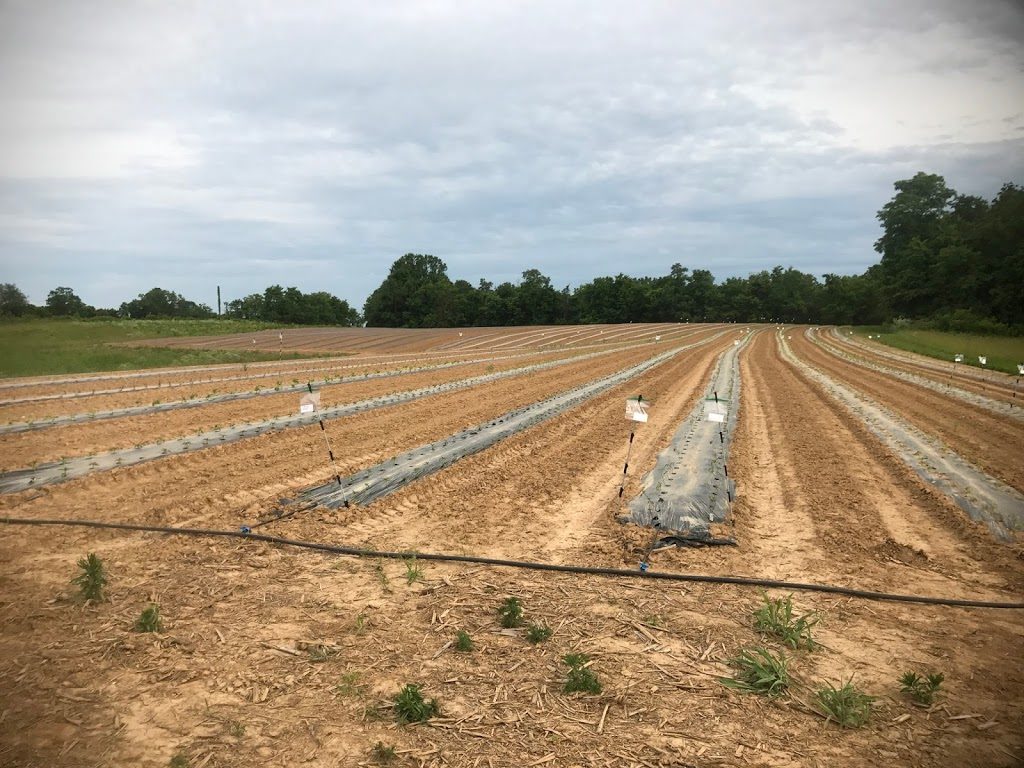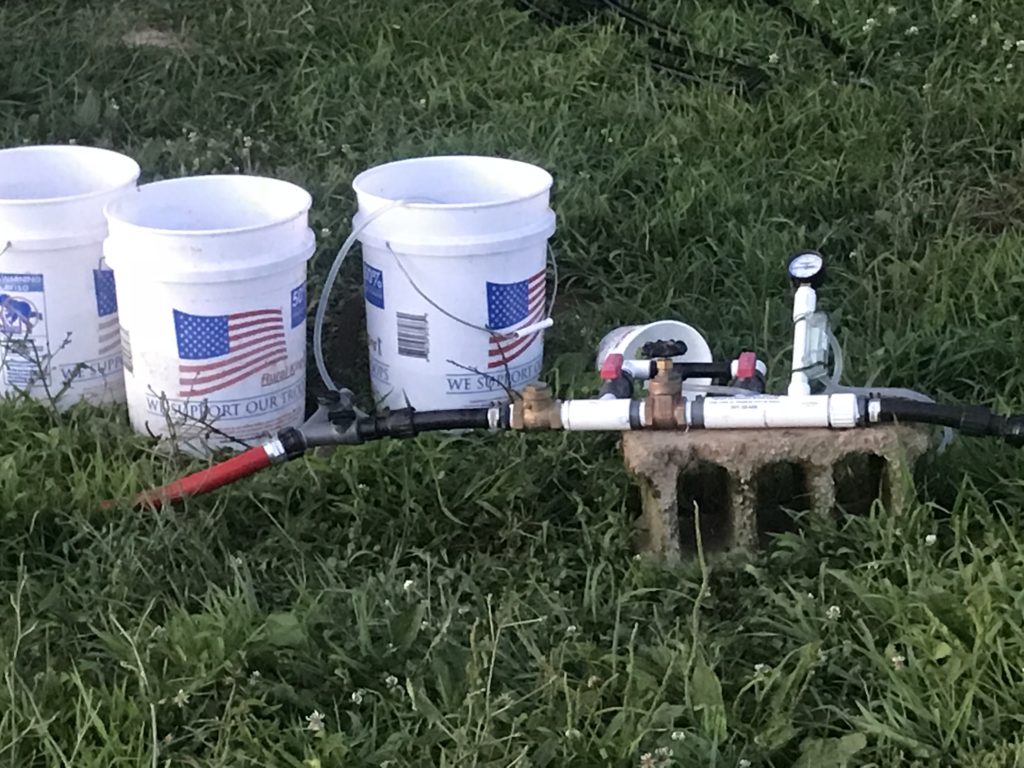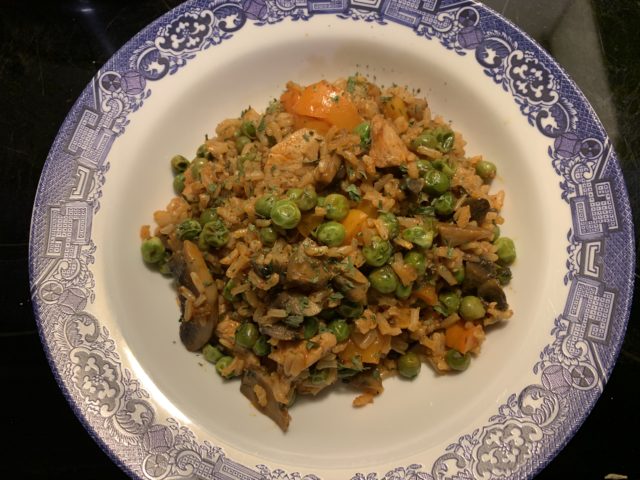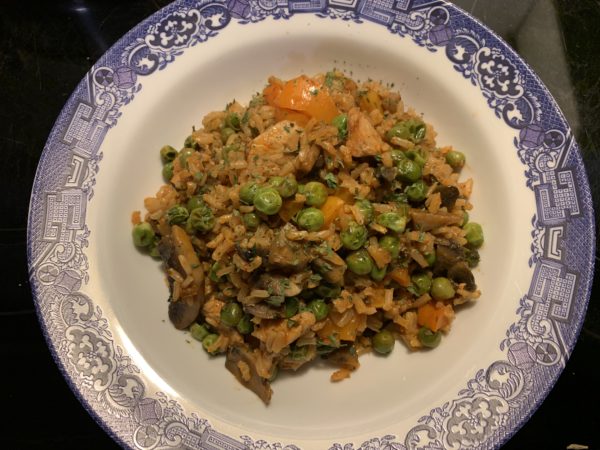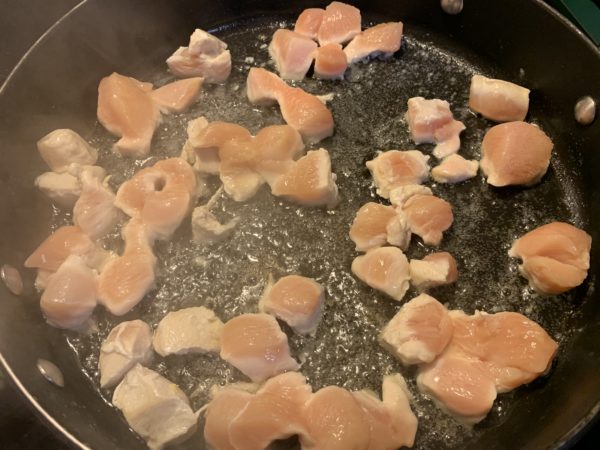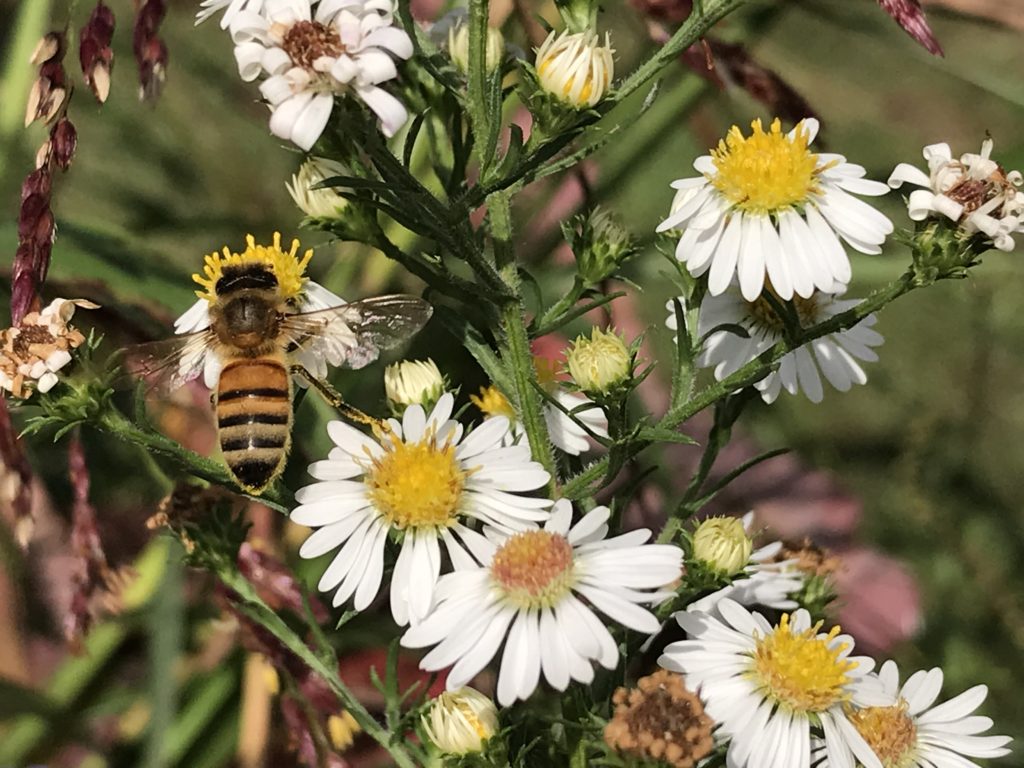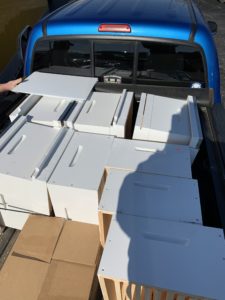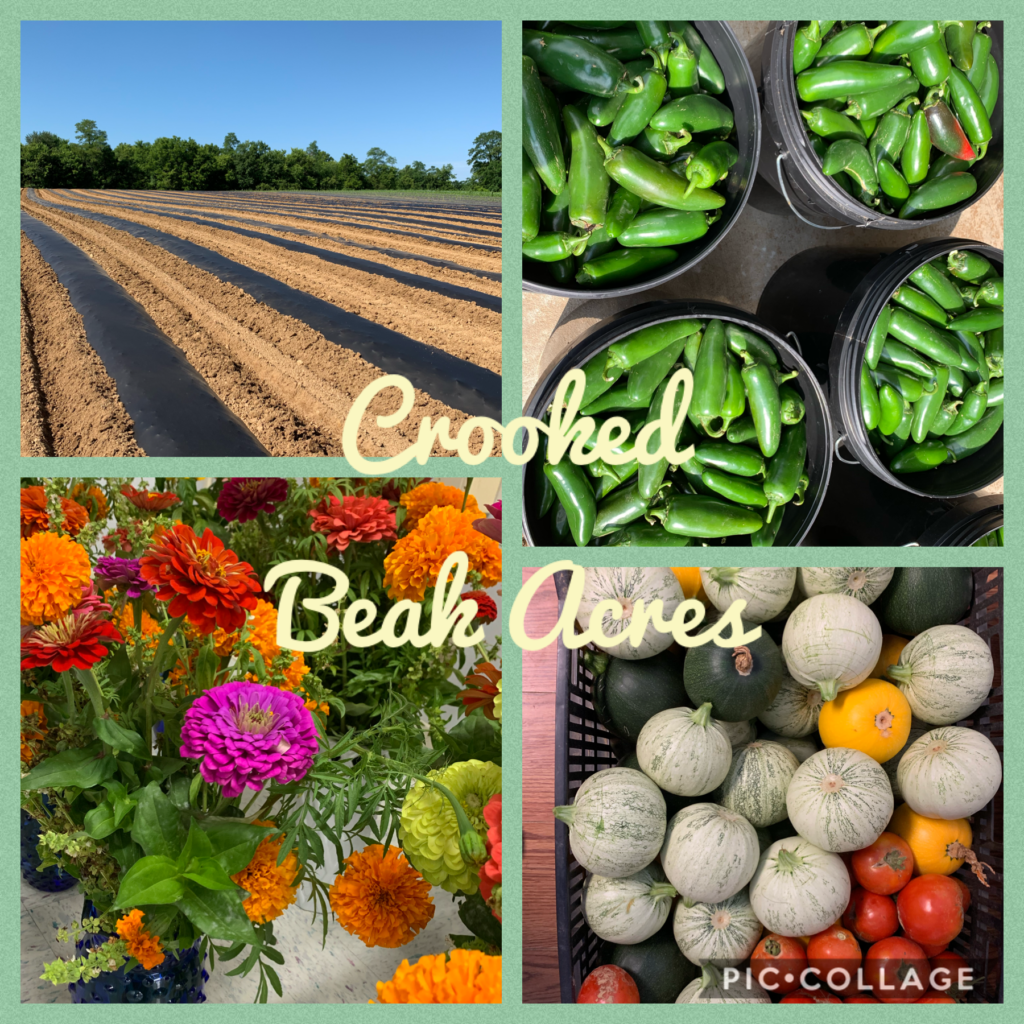
This year has certainly brought on new outlook on life. COVID-19 has brought on new life practices and changed the way many of us are living our lives. Here at Crooked Beak Acres, we have changed our product lines from commercial sales to offering CSA shares to the local community. We have moved from one main crop to… well, about everything. I can say, however, that we are doing everything to adhere to the new practices set forth by federal and state regulations.
As many of you already know, we have added CSA vegetable shares into our growing season. We will now be offering fully customizable boxes on a weekly basis, giving our customers the most flexibility in choosing which items to include in their shares each time they order. Choosing not to require the yearly purchase is huge risk, but we feel it is best for our customers this season. Maybe next year will be different, but we will see.
Our plan was to set up a small “farmers market” on our farm once a week and allow customers to come and pick out items while they are here. Unfortunately, state regulations will not allow that, so we will have to pack orders prior to pick-up. We can still display items, but only myself and the staff will be able to handle the items. For convenience, we’ve created an online storefront so customers can order ahead of time and even pay online if they choose. Even with these changes, we are determined to be the most flexible CSA farm out there. This is all about customer service.
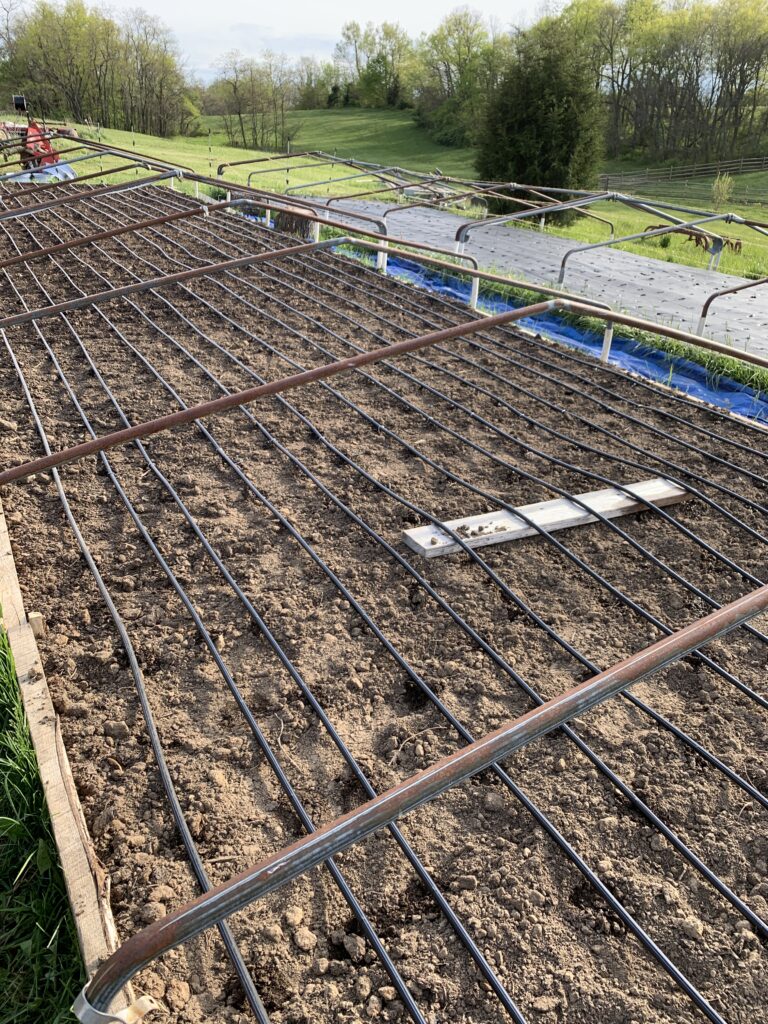
We have made some exciting changes here on the farm. Two new low tunnels were added for the raised beds, and two more are coming. We have also added a temporary high tunnel to use before we get our greenhouse up this summer. If all goes well, I am hoping to be offering vegetables all year long. Since purchasing the adjacent land on both sides of us, we have been able to add new hay fields for our horses also. We’ll have about 30 acres in hay this year, so hopefully, it will provide enough hay for the animals during the winter (and not to mention saving us a bundle).
Offering the CSA is allowing us to grow a variety of items that I am so excited about. The last few years, our main crop has been peppers, both sweet and hot. My mouth is watering about all the different types of vegetables we are adding. From lettuce to onions, squash, beans, peas, tomatoes, herbs, and so many more, we are so excited to see the end product.
More to come in the near future, so stay tuned.
